1. Purpose
To define the overall process for managing returned products, ensuring all returns are properly received, processed, and resolved in a timely and organized manner. This SOP provides a unified standard across warehouses, clients, and system integrations.
2. Scope
This SOP applies to:
-
Authorized and unauthorized returns
-
Expected and unexpected return parcels
-
Returns via OMS or Loop
-
Domestic U.S. returns using integrated return label systems
3. Return Process Overview
3.1 Return Initiation
-
Return orders need to be initiated via OMS (manual or Loop integration).
-
Returns may originate from original outbound orders or third-party channels.
-
Clients must input carrier, tracking number, SKU details, and return method.
3.2 Types of Returns
A. Authorized Returns:
-
Clients authorize the warehouse to make decisions on return handling.
-
Warehouse performs quality inspection, takes photos, and decides on:
-
Restocking to original SKU
-
Disposal
-
SKU relabeling as replacement or lower-grade inventory
-
B. Unauthorized Returns:
-
Clients receive photo evidence within 3 working days.
-
Items are stored in temporary storage.
-
Clients have 15 calendar days to provide instructions.
-
Options include:
-
Restock to original SKU
-
Disposal
-
SKU reassignment or other actions
-
4. Unexpected Returns
-
Warehouse receives a package with no matching return order in OMS.
-
If identifiable, warehouse assigns the return to a client.
-
OMS will generate a “Unexpected Return Order.”
-
Client must claim this order within 7 natural days, inputting all SKU and item details.
-
After 7 days, warehouse has the right to dispose of the parcel.
5. Return Inspection & Processing
-
Warehouse inspects, photographs, and logs items.
-
If authorized: items are processed immediately based on client settings.
-
If not authorized: item photos are uploaded to OMS for client review.
-
Clients have up to 15 natural days to respond.
6. Return Status & Notifications
-
OMS dashboard allows tracking of return status and pending actions.
-
Email notifications can be enabled for:
-
“Return Order Created”
-
“Client Action Required”
-
“Return Instruction Reminder”
-
7. Return Label Options
-
OMS Return Label: Clients use system-generated labels with tracked carriers.
-
Custom Return Labels: Clients/customers generate their own, such as walk-in UPS store drop-offs.
-
OMS supports UPS return service for domestic U.S. returns.
8. Third-Party Return Integration (Loop)
-
Clients enable return automation through Loop portal.
-
Customers initiate returns via Loop and receive return labels (either Loop’s or OMS-integrated).
-
Loop creates return orders directly in OMS.
-
Warehouse processes returns as usual, and Loop syncs the results back to Shopify.
-
Clients can configure how Loop handles restocking or refund options:
-
Refund, credit, partial value, or SKU replacement
-
-
OMS integrates with Loop shipping services (USPS, FedEx, etc.) or supports OMS shipping labels if configured.
9. Timeframes
| Step | Timeframe |
| Photo feedback for unauthorized return | 3 working days |
| Client feedback period (regular returns) | 15 calendar days |
| Claim period for unexpected returns | 7 calendar days |
| Final action without client response | Disposal or default action per policy |
10. Exceptions & Manual Handling
-
Returns without proper tracking/label info are flagged for manual review.
-
High-volume or flagged return customers can be tracked via Loop history.
-
Manual creation in OMS is allowed with optional order ID for third-party warehouse returns.

 Jul 18, 2025
Jul 18, 2025